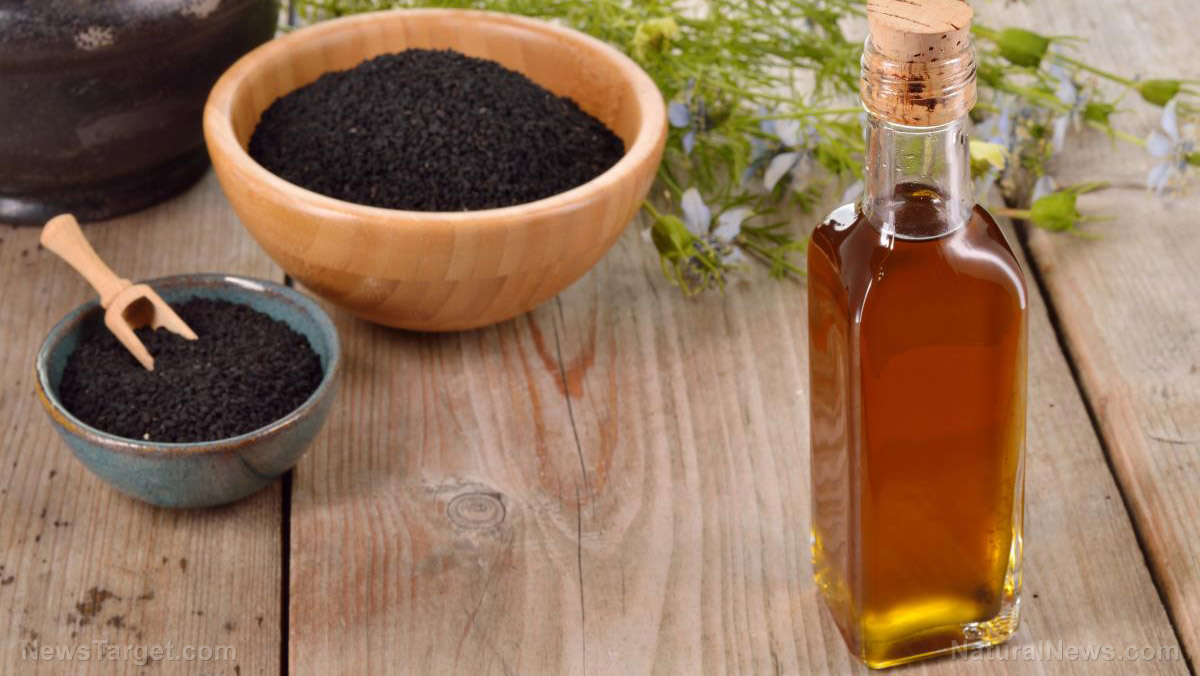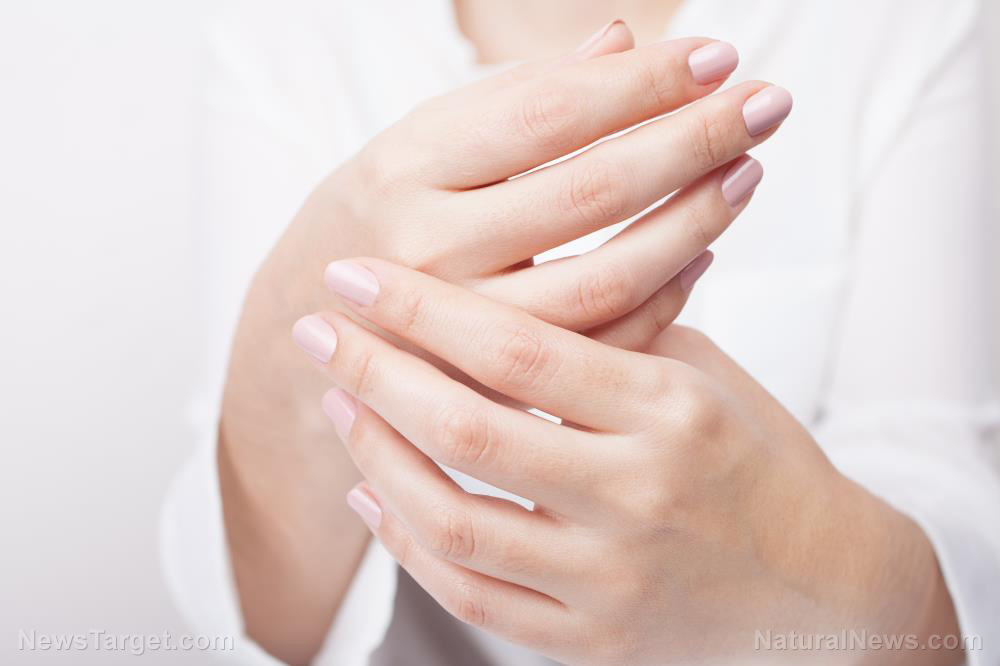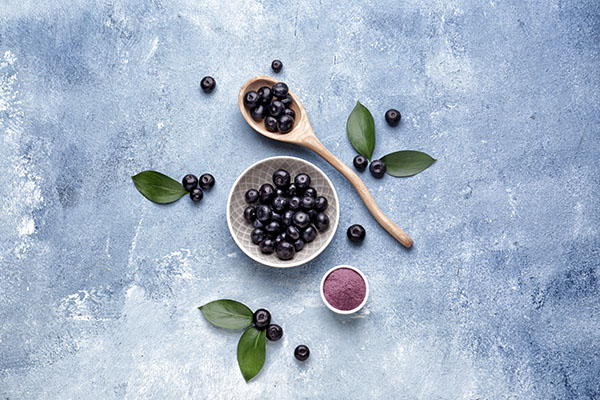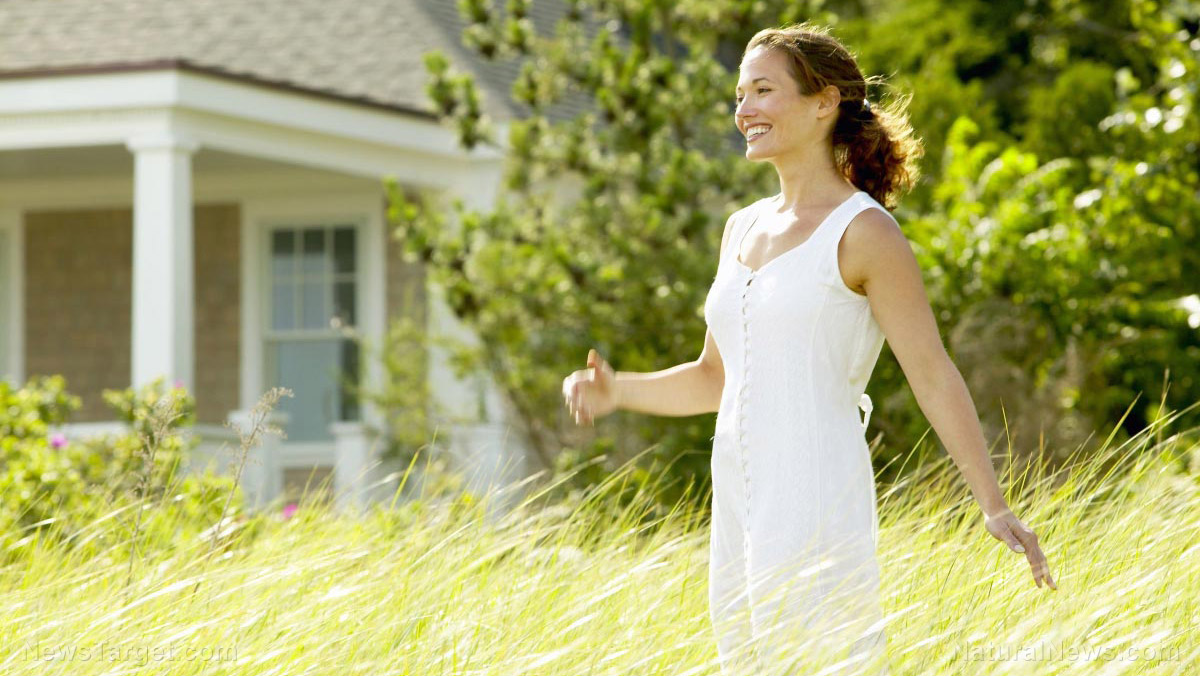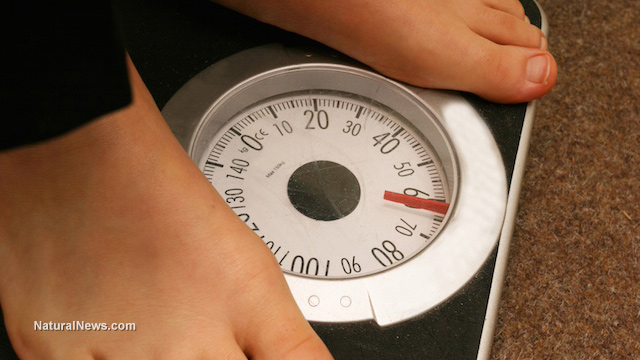Treat calluses with these natural remedies
07/30/2019 / By Zoey Sky

Calluses may form on your feet due to constant friction or pressure. If your calluses bother you, treat them using natural remedies such as Epsom salts.
What are calluses?
Calluses are the thick, hardened areas on your feet that form due to excessive pressure or rubbing. They can also form on elbows, fingertips, or the palms of your hands.
Calluses are pale or yellowish in color and feel lumpy to the touch. Since it is thick, it may be less sensitive to touch compared to the skin around it. Unlike corns, calluses are bigger and wider with less defined edges.
Never use sharp objects to remove or reduce a callus. This will only injure the skin and result in bleeding or infections.
Calluses may cause discomfort. However, they are rarely serious, and you can use home remedies to get rid of them.
Try these natural remedies if you suffer from calluses.
Baking soda paste
If you prefer to remove dead skin cells using exfoliating creams or lotions, make sure you read the labels first. Some products may contain harsh ingredients that have negative side effects, like a burning effect on the skin.
Alternatively, you can apply baking soda paste to calluses. Prepare the mixture by mixing two tablespoons of water with enough baking soda to form a paste. Finally, add several drops of lime juice.
Apply the baking soda paste to callused areas and cover them with socks, gloves, or a gauze bandage. Reapply the paste every night until your calluses are gone. (Related: 8 Ways To Remove Calluses Naturally.)
Epsom salts
Before you try other treatments like manual exfoliation with a foot file or a pumice stone, try Epsom salts, which can soften calluses. Add a handful of Epsom salts to a basin of warm water, then soak your feet or other affected skin areas for 10 minutes.
Buy Epsom salts from pharmacies or online stores.
Foot files
Foot files are tools used for exfoliation. A file often has a metal grate and a plastic or rubber handle.
Follow up an Epsom salt foot bath with a file. Ideally, you should use a foot file after taking a bath or shower for easier clean-ups.
When you’re done filing down the callus, use a moisturizer to keep your skin soft. You can purchase foot files in pharmacies or online stores.
Pumice stones
Pumice stones are light, porous stones that are often used for exfoliating dead skin and calluses. You can use a pumice stone instead of a foot file after an Epsom salt foot bath. Soaking your feet helps soften skin for better results after exfoliating.
After taking a foot bath, use gentle, circular or side-to-side motions with a pumice stone to get rid of dead skin cells. If your calluses are particularly large, exfoliate for several days to get better results.
Buy pumice stones in most drugstores or online.
Protective cushions
Encourage natural healing by using protective cushions on your calluses. The cushions help reduce friction or pressure that can cause calluses.
Callus pads are a type of cushioned bandage that helps protect or prevent calluses. They are available in different shapes and sizes, and most pads are designed for the feet. If you have calluses on your hands, wear protective or padded gloves to help the growths heal over time.
Buy callus pads from pharmacies or online stores.
Considerations for those who have diabetes
If you are diagnosed with diabetes, peripheral neuropathy, or peripheral artery disease, refrain from treating your calluses on your own. Consult a qualified podiatrist since you are at higher risk of skin and nerve injuries.
People who have severe or persistent calluses should also talk to their physician or a podiatrist for proper diagnosis.
Tips for preventing calluses
Follow the tips below to prevent calluses.
- Wear protective gloves when performing activities that may cause calluses, like cycling, gardening, lifting heavy objects, or using tools.
- Wash your feet with soap and water every day. After drying your feet thoroughly, apply a moisturizing cream.
- Wear comfortable shoes that fit properly. Ill-fitting or very high-heeled shoes can increase the friction that results in calluses.
- Use foam inserts or gel pads in your shoes to prevent excess pressure on your feet.
Wear comfortable shoes or protective gloves, try natural remedies like Epsom salts and baking soda paste, and exfoliate and moisturize regularly to keep your skin soft and prevent calluses.
Sources include:
Submit a correction >>
Tagged Under:
Baking Soda, calluses, Epsom salts, foot files, home remedies, moisturizers, natural cures, natural healing, natural remedies, personal care, prevention, pumice stones, remedies, skin care, skin health
This article may contain statements that reflect the opinion of the author
RECENT NEWS & ARTICLES
Natural.News is a fact-based public education website published by Natural News Features, LLC.
All content copyright © 2018 by Natural News Features, LLC.
Contact Us with Tips or Corrections
All trademarks, registered trademarks and servicemarks mentioned on this site are the property of their respective owners.





